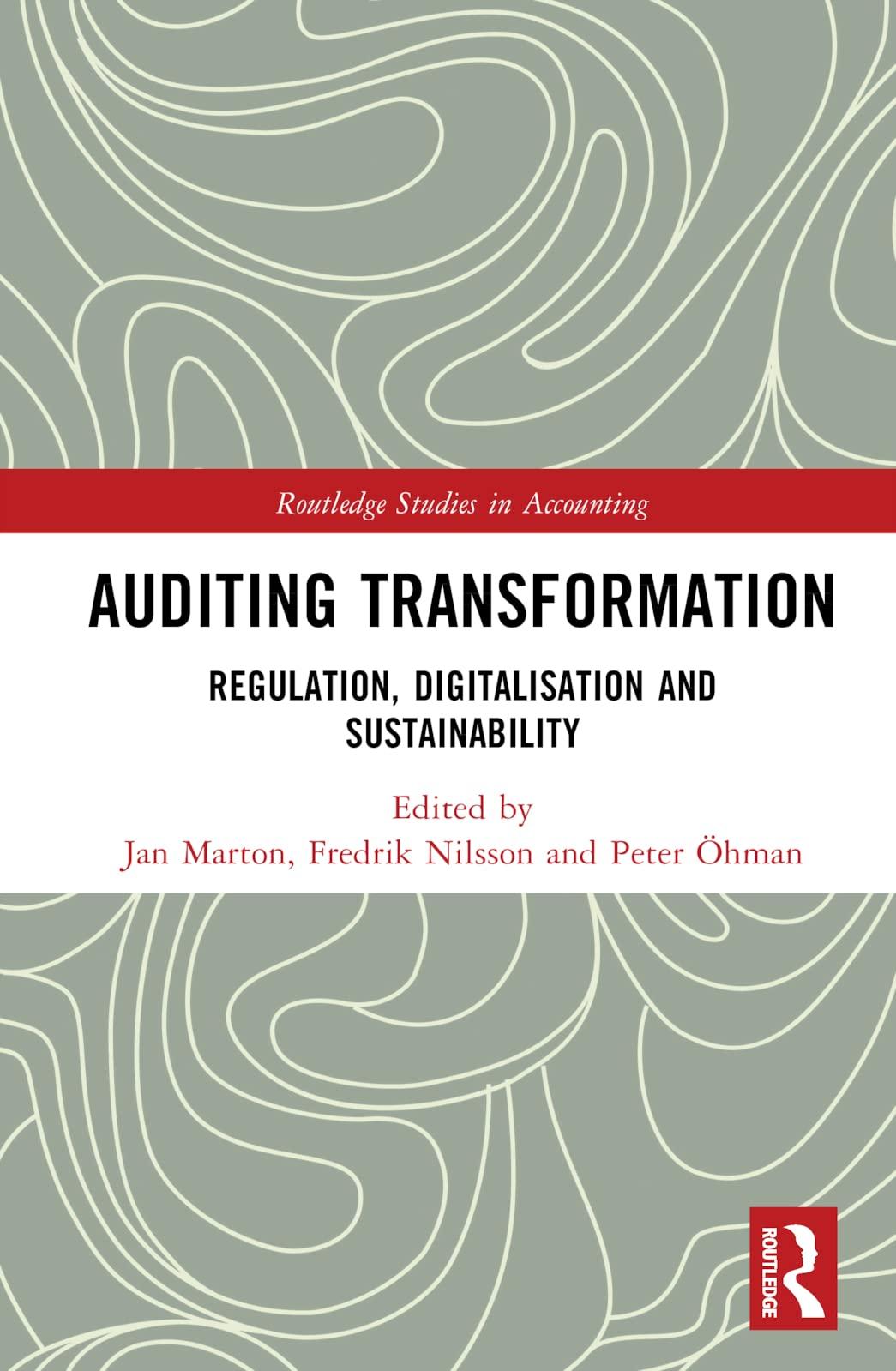



List of Accounts for the blanks under account titles and explanation:
- Accounts Payable
- Accounts Receivable
- Accumulated Depreciation - Buildings
- Accumulated Depreciation - Vehicles
- Accumulated OCI
- Bonds Payable
- Buildings
- Cash
- Common Shares
- Common Shares Subscribed
- Common Stock Dividends Distributable
- Contributed Surplus
- Contributed Surplus - Donated Land
- Deficit
- Dividend Receivable
- Dividend Revenue
- Dividends
- Dividends Payable
- Equipment
- FV - NI Investments
- FV - OCI Investments
- Furniture and Fixtures
- Gain on Appreciation of Capital Asset
- Gain on Disposal of Investments FV-OCI
- Income Summary
- Inventory
- Investment in Sinking Fund
- Investment Income or Loss
- Land
- Legal Expense
- Loss in Value of Investment Property
- Machinery
- No Entry
- Notes Payable
- Preferred Shares
- Property Dividends Payable
- Retained Earnings
- Share Subscriptions Receivable
- Treasury Shares
- Unrealized Gain or Loss
- Vehicles
The condensed balance sheets of Monty Limited, a small private company that follows ASPE, follow for the periods immediately before, and one year after it had completed a financial reorganization: Before Reorganization $450.000 One Year After One Year After $1,550,000 $570,000 Before Reorganization $2,850,000 210.000 Current assets Buildings (net) 2,000,000 Common shares Contributed surplus (Deficit) retained earnings 1,146,000 166,000 (610,000) $2,450.000 $2,450.000 $1,716,000 $1.716,000 For the year following the financial reorganization, the company reported net income of $194,000 and depreciation expense of $74.000, and paid a cash dividend of $28.000. As part of the reorganization, the company wrote down inventory by $120,000 in order to reflect circumstances that existed before the reorganization. Also, the deficit, and any revaluation adjustment, was accounted for by charging amounts against contributed surplus until it was eliminated, with any remaining amount being charged against common shares. The common shares are widely held and there is no controlling interest. No purchases or sales of plant assets and no share transactions occurred in the year following the reorganization. Prepare all the journal entries made at the time of the reorganization. (Credit account titles are automatically indented when the amount is entered. Do not indent manually. If no entry is required, select "No Entry" for the account titles and enter for the amounts.) Account Titles and Explanation Debit Credit Retained Earnings 900000 Inventory 120000 Equipment 780000 (To record impairment of assets that existed before reorganization) Common Shares 1280000 Contributed Surplus 230000 Retained Earnings 1510000 Stellar Corp. had the following shareholders' equity on January 1, 2020: $ 288.000 Common shares, unlimited number authorized, 100.000 shares issued and outstanding Contributed surplus Retained earnings Total shareholders' equity 303,000 2.100.000 $ 2.691.000 The contributed surplus arose from net excess of proceeds over cost on a previous cancellation of common shares. Stellar prepares financial statements in accordance with ASPE. The following transactions occurred in the order given during 2020. 1. 2. 3. Subscriptions were sold for 12,100 common shares at $24 per share. The first payment was for $11 per share. The second payment for the sale in item 1 above was for $13 per share. All payments were received on the second payment except for 1,300 shares. In accordance with the subscription contract, which requires that defaulting subscribers have all their payments refunded, refund cheques were sent to the defaulting subscribers. At this point, common shares were issued to subscribers who had fully paid on the contract. Repurchased 22,160 common shares at $28 per share. They were then retired. Sold 5,100 preferred shares and 2,300 common shares together for $304.000. The common shares had a fair value of $29 per share. 4. 5. Prepare the journal entries to record the transactions for the company for 2020. (Credit account titles are automatically indented when the amount is entered. Do not indent manually. If no entry is required, select "No Entry for the account titles and enter O for the amounts. Round average share price to 2 decimal places, 5.27 and final answers to decimal places, eg 5,275.) No. Account Tities and Explanation Debit Credit 1. Cash Share Subscriptions Receivable Common Shares Subscribed 2. Cash Share Subscriptions Receivable 3. Share Subscriptions Receivable (To record refund to defaulting subscribers) (To issue shares fully paid on subscriptions) ToddllI II III ILLUL ULL 5. Assume that the subscription contract states that defaulting subscribers forfeit their first payment. Prepare the journal entries for items 2 to 4 above. (Credit account titles are automatically indented when the amount is entered. Do not indent manually. If no entry is required, select "No Entry"for the account titles and enter O for the amounts. Round average share price to 2 decimal places, 5.27 and final answers to decimal places, eg. 5,275.) No. Account Titles and Explanation Debit Credit 2. 3. (To record forfeit of payment from defaulting subscribers) Doddi di doll DINNI DI DINO (To issue shares fully paid on subscriptions) 4










